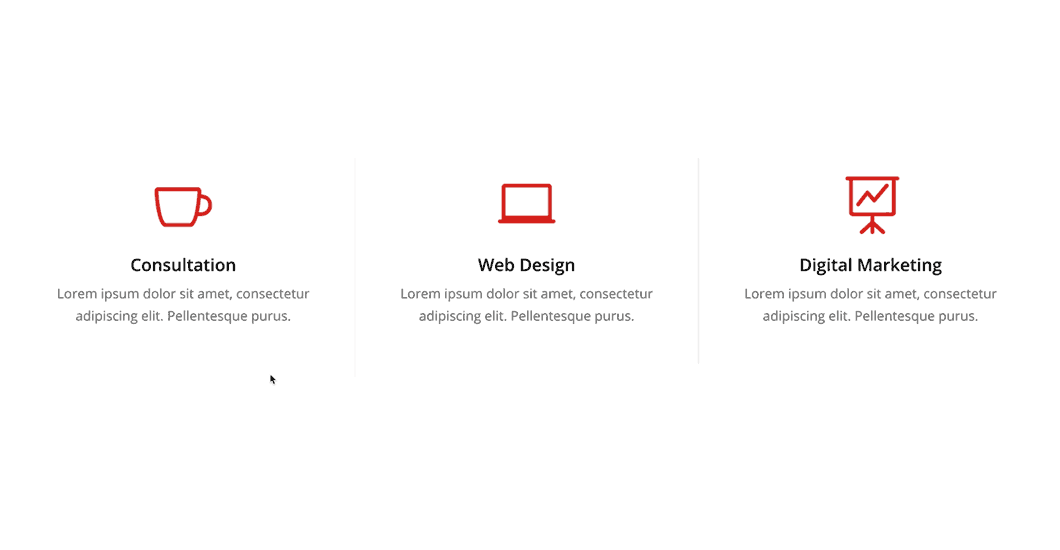Developing Brand Trust with Transparency: Guide for Web Designers
To achieve this, web designers need to change the way they look at UX and design choices. Here are a few ways they can help. To drive consumers, most businesses today rely mainly on their online reputation. In recent years, gaining consumer trust has become even more difficult. In fact, every marketing strategy you put out there will be analyzed and scrutinized for any discrepancy. And with consumers having easy access to data, they have become pickier regarding who they bring their business to.
Because of this, we now see a lot of companies leaning towards straightforward and reliable approaches. That’s why as a web designer, you have to make some changes to your design choices how you regard user experience or UX. You have to be equipped so that you can help your clients convey transparency through their websites.
Below, we have outlined essential tips on how you can start doing this.
What Is Brand Transparency?
Brand transparency is as simple as being honest and upfront with your customers. Nevertheless, that does not mean that you have to put out every tiny detail about your brand out there. Technically, it’s about being comprehensive, open, conclusive, and open with the things that concern your clients. If they’re after information about your brand, then make sure to give it to them.
Moreover, to be a transparent brand means you have a customer-first attitude. This will show that you’re not just after their money, but you genuinely care about them and their needs. As a customer yourself, wouldn’t you be more confident purchasing from a sincere and transparent brand?
Clear Solutions
For consumers, transparency means clarity. So when your brand’s website provides a direct solution and easy to use, they are most likely to find it trustworthy. Make sure your site is clutter-free and has simple navigation that lets your audience find what they need in as few clicks as possible. Most popular brand sites today apply a direct approach, wherein they only include a link to their customer portal. And this proves to be highly effective at creating trust.
Also, showcase the reasons why your products or service are valuable to your visitors minus the distractions. Doing so will make them view your brand as more legit. Consumers will appreciate you for creating a simple and short way to the solution they are looking for.
Display Customer Reviews Openly
Most of the time, companies tend to filter the words of their customers before allowing you to display their testimonials and reach the eyes of potential clients. However, they are more than welcome to share reviews that flatter their branch. Often, this leads to some sort of deception, whether they intend to or not.
Keep in mind that more than anything, consumers want openness from brands. A lot of brands fear implementing reviews because of likely backlash. But no matter how effective your product is, there is someone out there who may leave a bad review because of something not entirely your fault, like delivery. You may even encounter someone maliciously leaving a negative review that can impact the brand’s overall rating. However, it is not as bad as you think.
A site with reviews is enough to convince customers that it is trustworthy. It just goes to show that, good or bad, you are willing to give your paying customers a voice. Furthermore, Google and other search engines value these reviews, making them a fundamental part of SEO strategy. Their algorithm will notice the reactions of consumers, as well as their traffic. Meanwhile, others will see these, bringing more attention to your brand, which in turn, contributes to its online legitimacy.
When including reviews, make sure to include a rating’s sorting feature. This will allow customers to easily get to the kind of reviews they want to read.
Collect Data While Maintaining Integrity
Privacy is one of the biggest concerns among consumers for some time not. Thankfully, web designers have found a solution to this with the consent cookie request screen. But the problem here is that it is everywhere and some consumers ignore them. On the other hand, some simply click the allow or ok button to get rid of it. This results in the blind acceptance of the privacy policies of a website, which is not a good thing for both the consumer and the brand.
As a web designer, here’s what you can do about this:
- Apply a just-in-time privacy notice displaying only once a visitor is about to share his information
- Include a link for “Do Not Sell My Personal Data” at the bottom of the site.
Avoid Hidden Fees
Being honest with pricing is very important. Nevertheless, there are still brands guilty of hidden fees. And most of the time, it is unintentional. The problem here is that they are not informing their web designers about the problem.
For this reason, if the product or service offered involves costs that fluctuate regularly or needs add-on fees charged, put a notice telling consumers about it. As much as possible, it should be placed before the checkout page. Smacking them with an additional fee out of nowhere will either make them abandon their cart or leave a negative review about your brand.
Make The Website Convenient Yet Appealing
The majority of consumers tend to trust a website that looks modern and attractive over those that look outdated. So when building a website, make it visually appealing while ensuring that it loads quickly, has easy navigation, and shows customer dedication. Not only will this improve the search engine result of the site but it will appeal to consumers more.
Furthermore, the elements should be kept to a minimum to independently improve the website’s load times. This can also help put the site on the first page of search results, which consumers find most trusted.
Consumers have plenty of options out there and they will not simply hand out their money to a brand they don’t trust. That’s why once a brand builds transparency and trust, only then will it start to obtain more traction. As a web designer, you should never lag. Once you build confidence in both yourself and your brand, you will see long-term success coming your way in no time.
Do you have any tips you want to add? Do not hesitate to share them in the comment section below.
Aileen Cuaresma
Aileen is a Technical and Creative writer with an extensive knowledge of WordPress and Shopify. She works with companies on building their brand and optimizing their website. She also runs a local travel agency with her family. On her free time, she loves reading books, exploring the unknown, playing with her two adorable dogs, and listening to K-pop.
Use coupon code SLIDER15 at checkout!
















0 Comments